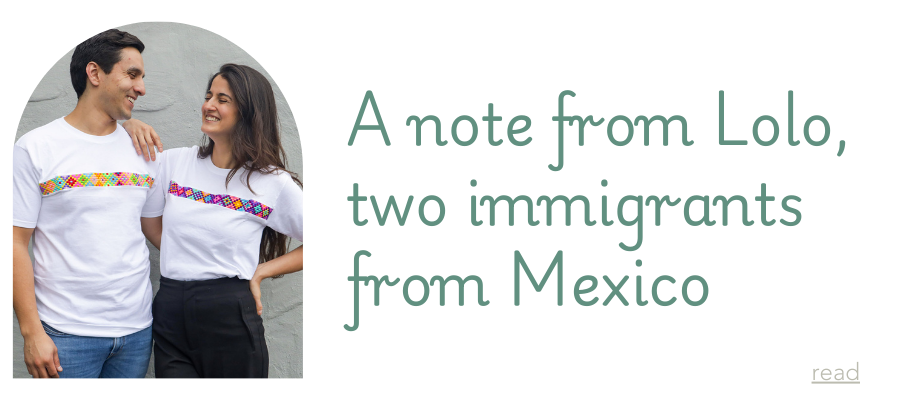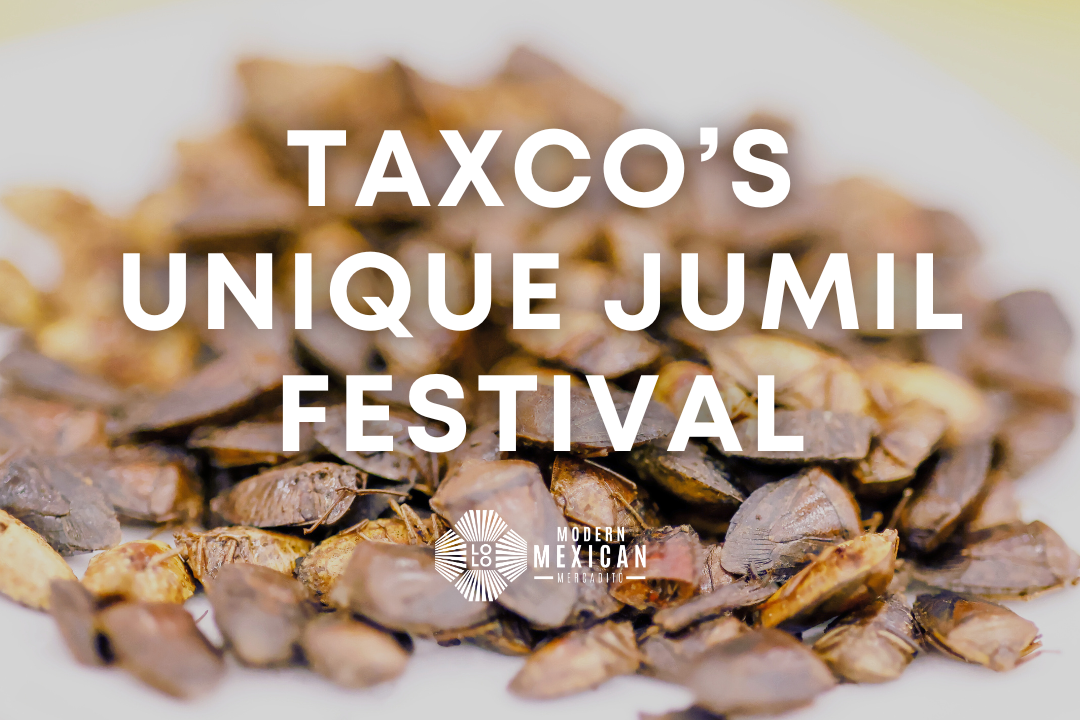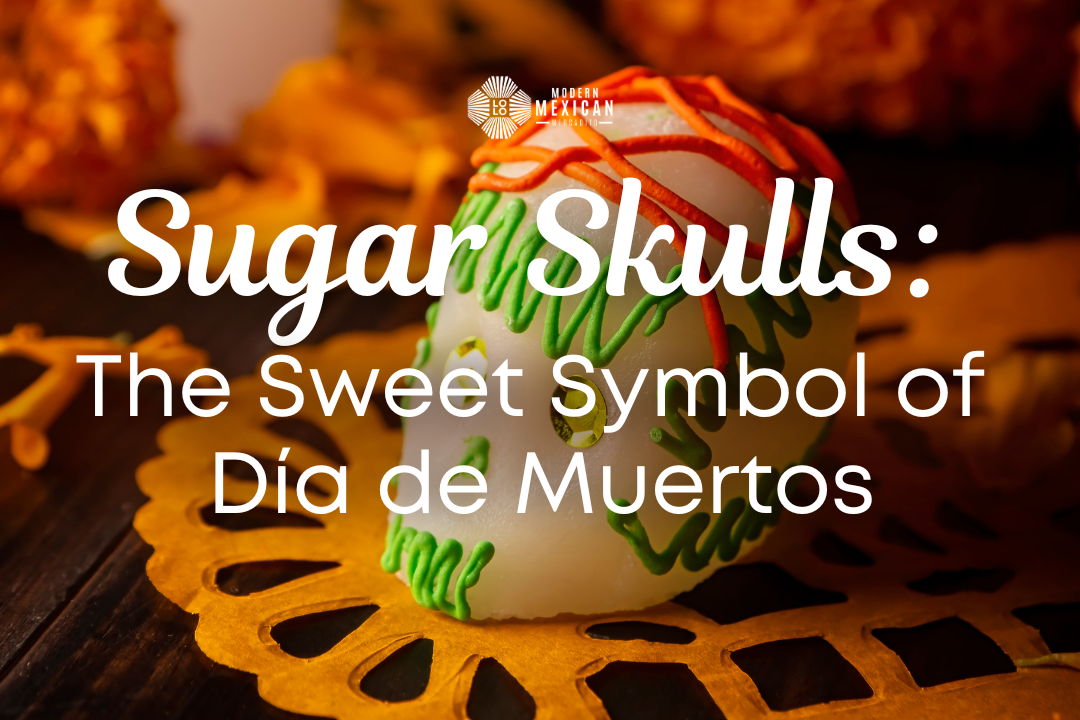Mexican embroidery is a tapestry of styles and techniques, each woven by skilled textile artists. A prime example is Tenango embroidery, also known as Otomí embroidery, a craft flourishing in the heart of Hidalgo and captivating everyone who encounters it.
Tenango or Otomí Embroidery?
Often called Otomí embroidery, Tenangos originate from the Indigenous Otomí (hñähñu) people, one of Mexico's numerous indigenous groups. They are primarily found in the altiplano region, especially in Hidalgo, the birthplace of the famed Tenango embroidery, notably in the Tenango de Doria area.
(As a note: significant Otomí/hñähñu populations also reside in other states, including Estado de México, Querétaro, Guanajuato, Puebla, Veracruz, Michoacán, and Tlaxcala. This embroidery style reflects the cultural expression and heritage of the Otomí community.)
"Tenango," derived from the Nahuatl word for "place of walls," refers to its place of origin, but its style and technique are deeply entrenched in Otomí/ hñähñu traditions. The designs, characterized by depictions of animals, plants, and rural life scenes, are not only artistic but also represent the stories, myths, and beliefs of the Otomí/hñähñu people.

What is a Tenango?
Tracing back to Otomí/hñähñu origins, Tenango designs celebrate the community that birthed them. These patterns are more than decorations; they are a canvas showcasing a rich cultural tapestry and an ancestral worldview.
A Tenango embroidery is a striking tapestry of vivid, multicolored threads, typically on a neutral background, showcasing a lively depiction of what seems to be the natural world. It features intricate, stylized images of animal-like figures like deer, rabbits, and birds, intermingled with an array of flowers, trees, and other plants. Each element is rendered in bold, bright colors, creating a dynamic and whimsical scene.
The tenango represents more than an embroidery technique or a regional style; it's a cultural heritage symbolizing significant dates, event remembrance, identity, and local biodiversity.
Where Do Tenangos Come From?
The origins of this artisanal embroidery technique are somewhat uncertain, with various tales surrounding its existence. The local story says that once, an animal was lost in the area. When they went to search for it on a nearby hill called “El Cirio,” (named for its silhouette resembling a candle) the men chasing the animal stumbled upon a cave adorned with many rock paintings.
These incredible cave painting figures illustrated a surreal world: Similar to alebrijes, these were designs of creatures that resemble familiar animals but with unique characteristics. So, in order to show the community, they traced the paintings into paper and took them home.
Upon their return, the local women, expert embroiderers, replicated these same mythical, fantastic, and splendid images onto fabric. The first embroideries were squares used to wrap their tortas, until the community discovered they could turn this into a craft, and for this, we have Josefina José Tavera to thank.
Josefina José Tavera
In the mid-1960s the people of Tenango de Doria faced one of the most significant droughts in their commercial history, severely damaging the agriculture and thus economically devastating the community. To sustain their economy, the municipality turned to what they knew best—textile crafts.
The same as many in her community, Josefina José Tavera, from San Nicolás, found herself in a tough spot financially. Being a single mom, she was on the lookout for ways to support her family. One day, while she was at the market, something caught her eye—a piece of muslin. She took it home and embroidered the most vivid designs on them.
Her mom, Guadalupe Talavera Cristóbal, took the finished piece over to the town of Pahuatlán, where someone there loved it and bought it right away. They were so impressed with the quality that they took it all the way to Mexico City. When they came back, they asked for more pieces just like it. Thus, the "Tenango" was born, named after the municipality where it originated.

Modern Tenangos
Today, “dibujantes” or draftsmen sketch the cave painting designs and transfer them onto fabric. Historically, men drew the designs and women did the embroidery. Now, women also draw designs, and men participate in the embroidery. Each artist brings their unique style, sometimes incorporating community experiences into their designs.
Initially, Tenango embroidery started with just one color. Now, artisans use a riot of colors, with some saying the colors reflect the embroiderer's mood, evident in the combinations, contrast, and design placement.
Also, within the artisan community, there are norms to ensure a tenango is original and handmade. Depending on size, a tenango should be crafted by one person from start to finish. If demand is high, it may be a collaborative effort. Tenango embroidery must be done with cotton threads on natural fiber textiles like silk, cotton, linen, wool, or muslin.
The process, taking from weeks to a year, involves drawing patterns inspired by an event or local flora and fauna, then meticulously embroidering the design, ensuring the fabric remains visible and without folds.

So, as you can see, Tenango embroidery is much more than a display of the Otomí/hñähñu people's artistic skill. It's a fabric-bound story, rich in history, belief, and glimpses of everyday life. Every stitch is a symbol of resilience and creativity, linking the past with the present in vibrant colors.
This craft flourishing through generations, stands as a proud marker of Mexican heritage. Yet, its beauty and intricate craftsmanship do more than just appeal to the eye; they connect us to a cultural identity and tradition that is deep and meaningful, keeping their stories alive and relevant.
As we cherish these pieces, it's crucial to remember their origin and the hands that made them. Supporting the artisans directly not only helps sustain their livelihood but also protects this art form from the threats of plagiarism and commercial exploitation by large brands. Each Tenango we buy is a step towards preserving this unique art and honoring the community behind it, ensuring their narrative continues to be woven for years to come. Thank you for joining us in our admiration for these embroideries as living narratives, vital in preserving the rich tapestry of our collective human heritage.
--
So, what do you think? Did you know all of this about Tenangos? Where you familiar with this craft before? Would you like to read more articles like this one? What else would you like for us to highlight about our cultura? Let us know in the comments below!
Also, don't forget to subscribe to our newsletter where we make sure to share this and many more artisanal techniques, artisan's stories, recipes, and content of interest so that you are 24/7 on the loop! We also make sure to give our familia of subscribers exclusive promotions, gifts, first-hand look at all new products and, of course, these articles that we love to write for you all!









3 comments
Renata
I acquired my first Otomí Embroidery Christmas 1974 at an outdoor market In Mexico City.
I have it hanging at the head of my bed.
Chayo
Please, please, please – DO NOT HAGGLE on prices! These pieces take a long time to make, besides sacrifice! Pay what they ask for! Thank you!
Barbara
I have always found the Otomi embroidery to be beautiful. So I made a trip to Pachuca hoping to find it for sale. But there wasn’t any. Luckily on Saturday there was an older woman sitting on the sidewalk in the cold, with her wares. I bought a beautiful blouse, and she was gone after the weekend.